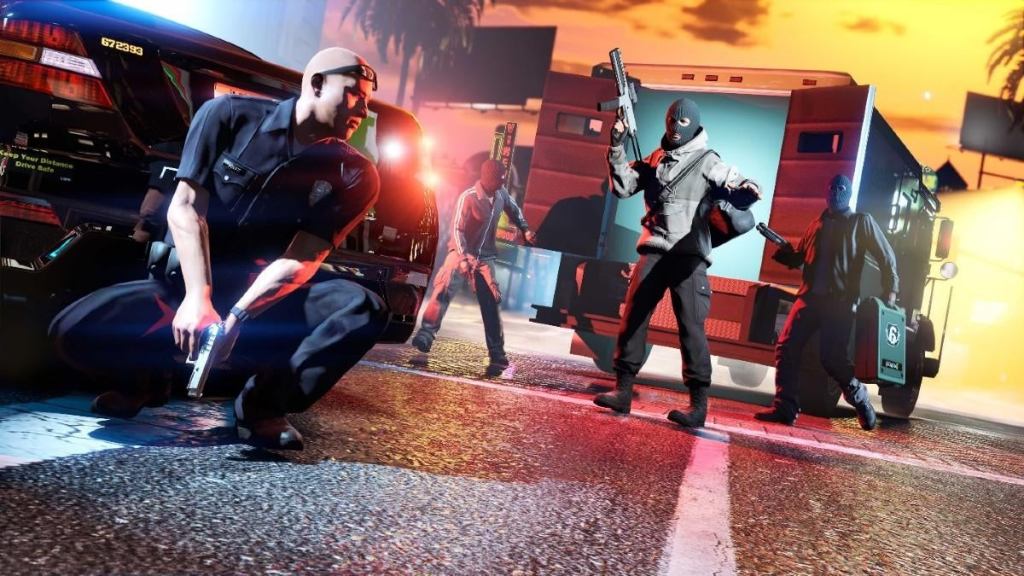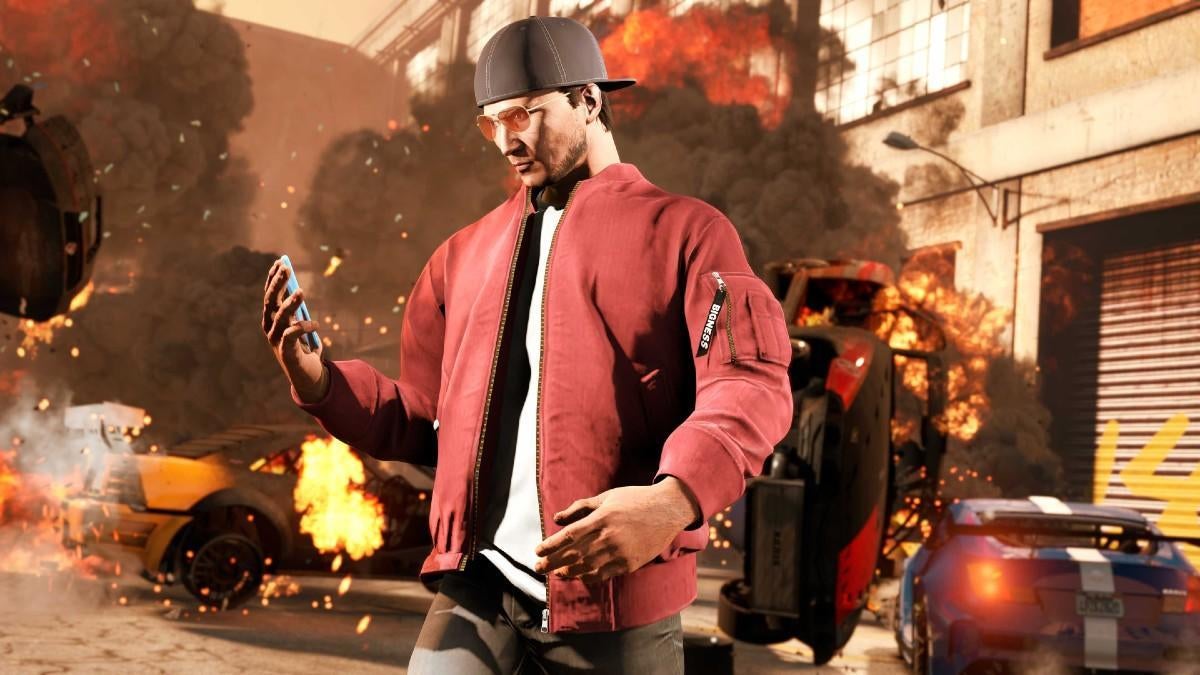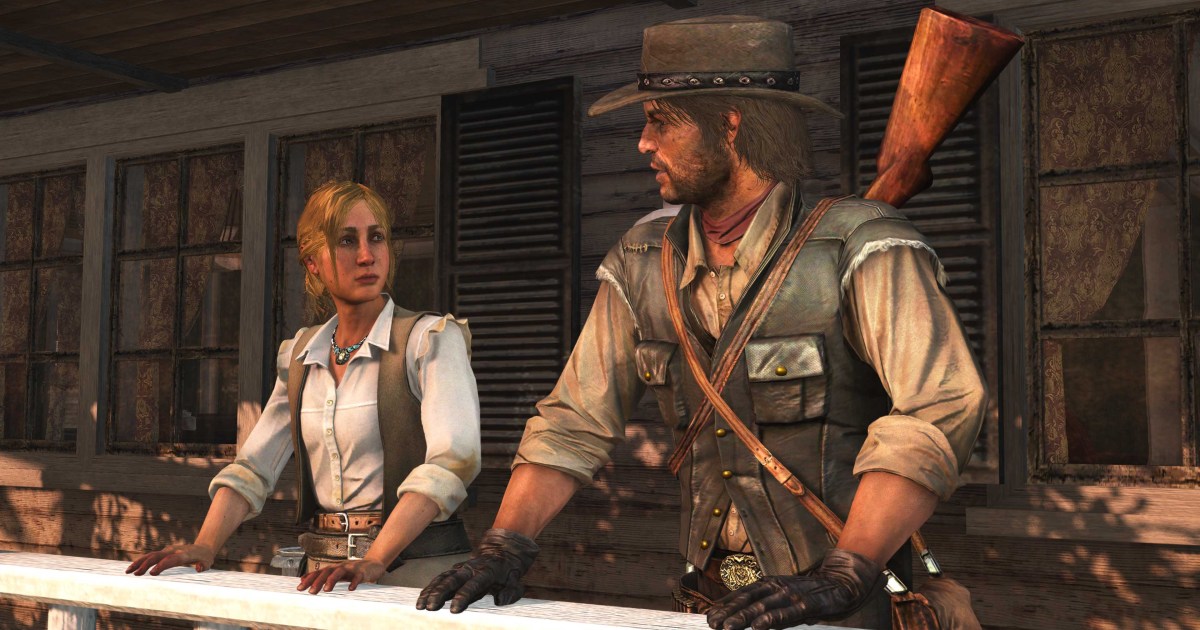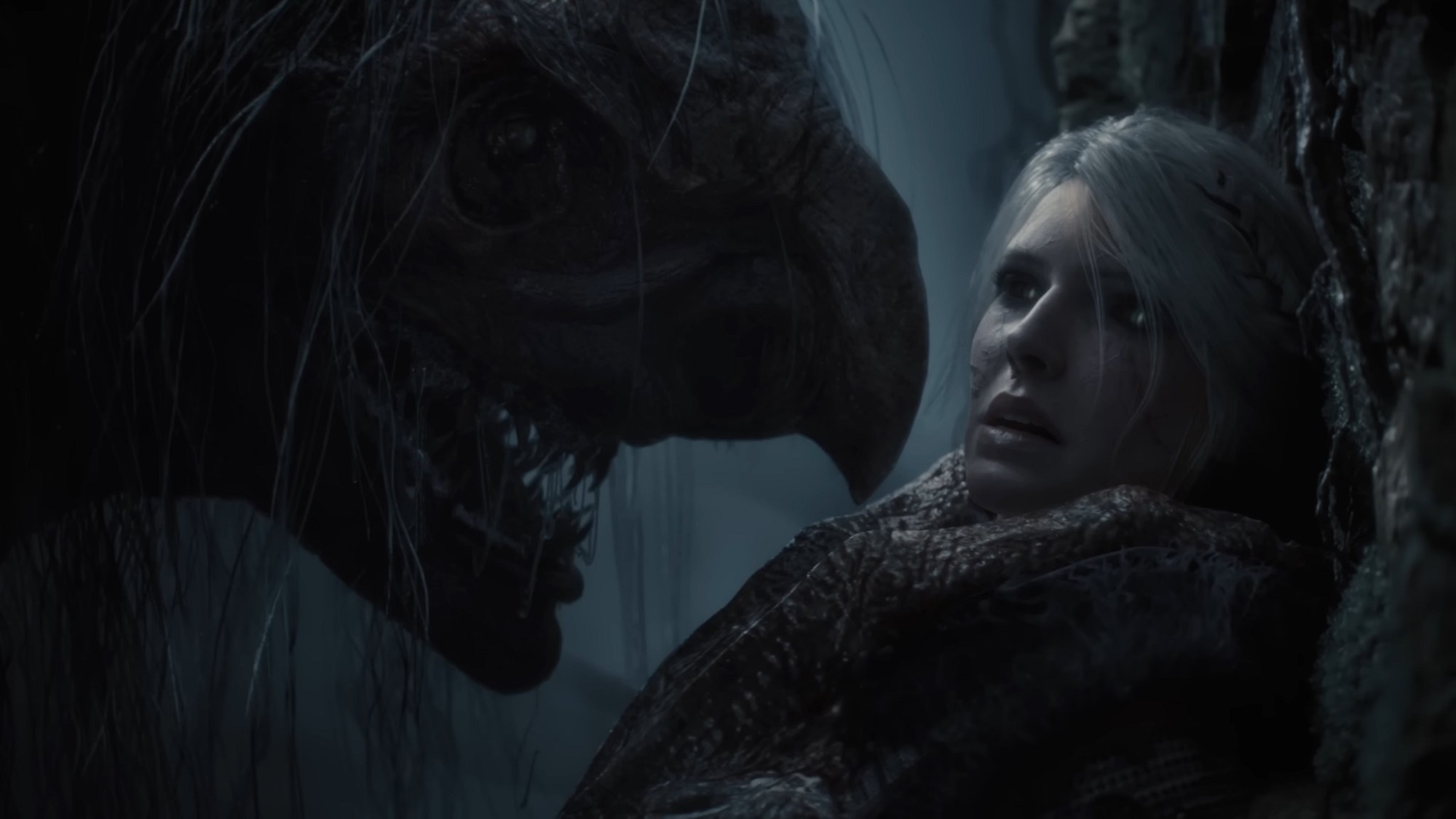Rockstar Games, the creators of gaming giants like Grand Theft Auto V and Red Dead Redemption 2, has dominated the video game industry for years. A significant part of their success stems from the ever-popular GTA Online. However, few know the online behemoth’s origins date back much further than its 2013 release. Leaked design documents reveal Rockstar envisioned GTA Online as early as 2001, alongside the development of Grand Theft Auto 3, and with a much heavier emphasis on roleplaying.
The early 2000s witnessed the rise of MMOs like Star Wars Galaxies and World of Warcraft. Rockstar, it seems, wanted to tap into this burgeoning online gaming scene. The leaked documents unveil a remarkably ambitious project, with many features that eventually made their way into the GTA Online we know today. Concepts like a seamless open world where players could undertake missions, personalize their characters, and own in-game items were already brewing over two decades ago.
 gta-online-armored-truck.jpgA significant departure from the current iteration, however, was the initial focus on roleplaying. Factions were intended to play a pivotal role, allowing players to align with specific groups and even assume unique roles with specialized gameplay mechanics. One standout feature was the ability to play as a police officer, enforcing the law within the game. Players could arrest others and enjoy access to weapons and vehicles, but had to adhere to a strict code of conduct, risking demotion or dismissal for violations. Corruption was possible, but required a more subtle approach.
gta-online-armored-truck.jpgA significant departure from the current iteration, however, was the initial focus on roleplaying. Factions were intended to play a pivotal role, allowing players to align with specific groups and even assume unique roles with specialized gameplay mechanics. One standout feature was the ability to play as a police officer, enforcing the law within the game. Players could arrest others and enjoy access to weapons and vehicles, but had to adhere to a strict code of conduct, risking demotion or dismissal for violations. Corruption was possible, but required a more subtle approach.
Arrested players could plead their case before NPC judges with varying perspectives on different crimes, facing jail time upon conviction. Designated meeting places for each faction, such as restaurant backrooms for mafia members and office buildings for the Yakuza, further emphasized the roleplaying aspect. Players also possessed unique skills, often tied to their faction, including lockpicking, appraising stolen goods, fencing, creating disguises, and more.
This intricate system fostered player interaction beyond simply hiring guns. Needing a necklace appraised, for example, could involve finding another player with the necessary skill, but also carried the risk of betrayal. Beyond retaliation, a “snitch board” allowed players to report wrongdoings, warning others and potentially encouraging vigilante justice, similar to the current bounty system.
Many of these concepts later found life in fan-made mods like San Andreas Multiplayer and FiveM RP servers. However, the allure of an officially supported and polished version remains strong.
Perhaps GTA 6‘s online component will embrace this roleplaying focus. Rockstar’s acquisition of FiveM suggests a potential move towards better RP server support, including console integration. Even without mods, Rockstar may incorporate these early concepts into GTA 6 Online, building upon the foundation laid by GTA 5. The evolution of GTA Online from its initial conception to the present day offers a fascinating glimpse into Rockstar’s vision and the changing landscape of online gaming.











